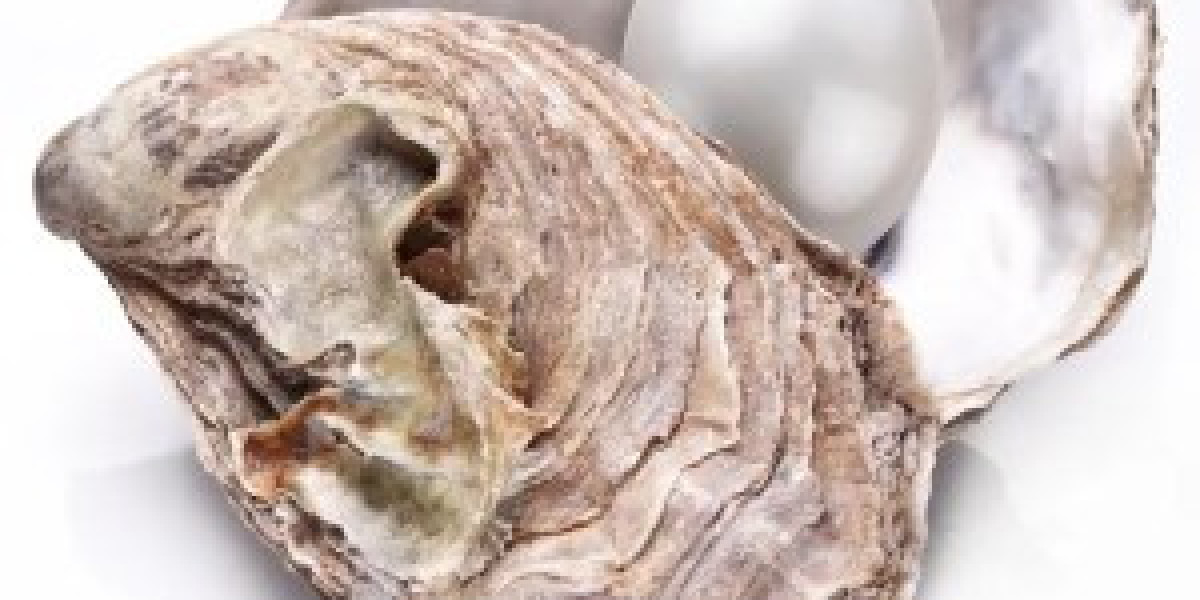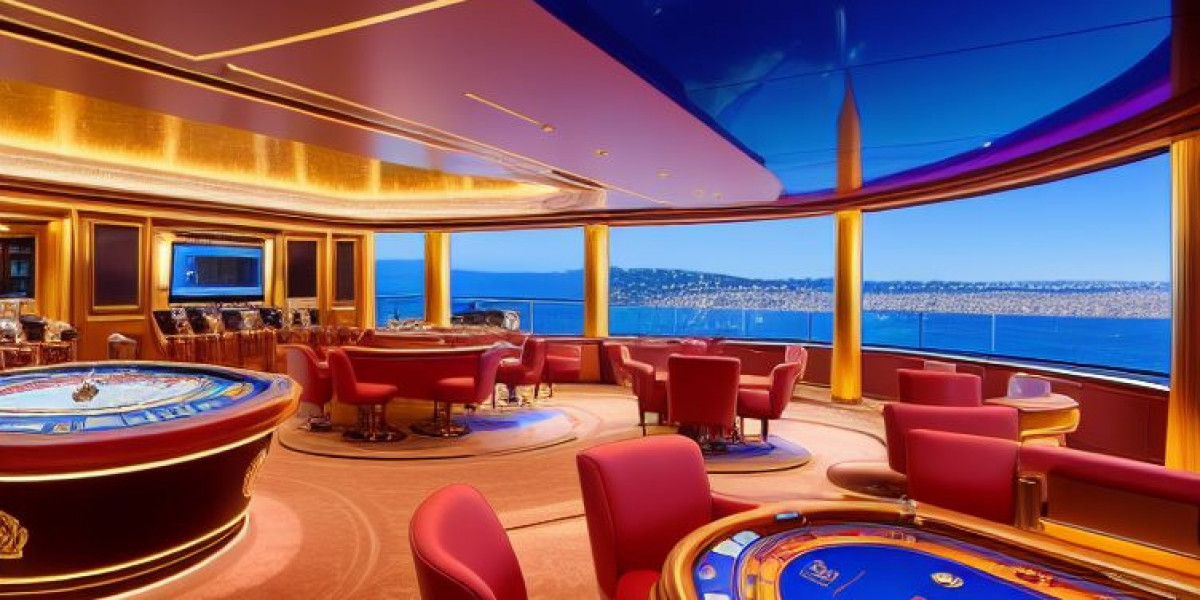Pearlizing Agents
Pearlizing agents are additives that give products a pearly or pearlescent appearance. They work by refracting and diffusing light to produce a lustrous sheen. Pearlizing agents are commonly used in cosmetics, paints, coatings, and similar products where adding subtle iridescence is desirable.
Types of Pearlizing Agents
There are a few main types of pearlizing agents used in different applications:
Mica Powder
Pearlizing Agent is mica powder is one of the most widely used natural pearlizing agents. Mica is a mineral that breaks down into very thin, transparent sheets that naturally scatter light. Mica powder is available in various particle sizes to control the intensity of pearlescence. It is commonly used in cosmetics, paints, and coatings.
Metal Oxide Pigments
Metal oxide pigments like titanium dioxide and special aluminum powders produce pearlescence through optical interference. They have a platelet shape that reflects and diffracts light to create flashes of multiple colors. Metal oxide pigments are very popular in automotive paints and exterior coatings.
Pearlescent Pigments
Dedicated pearlescent pigments are manufactured specifically to produce intense pearlescent effects. They are usually composed of multiple metal oxide layers coated on silica or alumina platelets. These layered pigments can generate a wider spectrum of interference colors than basic metal oxides. They are frequently used in cosmetics, plastics, and lacquers.
How Pearlizing Agents Work
The key to how pearlizing agents produce their effect is their physical structure at a microscopic level. All pearlizing agents have small, plate-like particles that are able to interact with light through phenomena like reflection, refraction, diffraction, and interference.
When light encounters the thin platelets of a pearlizing agent, it is partially reflected from the top and bottom surfaces. Some of the light is also refracted as it passes through the plate. The difference in the optical path lengths between the reflected and refracted rays causes interference, which makes certain wavelengths of light constructively interfere while others destructively interfere.
This controlled interaction leads to efficiently diffusing reflected light over a wide angular range, rather than sending it back in a narrow direction like a smooth surface does. Pearlizing agents also diffuse light across the visible spectrum, producing a lustrous, iridescent sheen that changes subtly based on lighting conditions and viewing angles.
Optimizing Pearlizing Effects
Formulators can control the intensity and characteristics of pearlescence through several factors related to the pearlizing agent used:
Particle Size - Smaller pearlizing agent particles produce a finer pearlescent effect while larger particles create flashier, larger-scale iridescence. Particle size directly influences optical properties.
Particle Shape - Plate-like shapes are best for pearlizing effects since they directly interact with light. Spherical shapes do not produce the same optical interference. Aspect ratio of platelet thickness also impacts color.
Dispersion - Even dispersion of pearlizing agent particles throughout a matrix is important for a smooth, consistent pearlescent appearance. Agglomerates may create unwanted color variations.
Load Level - Higher load levels of pearlizing agent increase pearlescence, but may reduce other properties. An optimized load level balances pearl effect with transparency, viscosity, etc.
Additive Interactions - Pearlizing agent performance can be enhanced or limited based on interactions with co-additives like pigments, rheology modifiers, or film formers in different product formulations.
By controlling these parameters, formulators can precisely tailor pearlizing effects for specific applications and achieve brilliant iridescent qualities in their final products. Proper mixing and dispersion is also crucial for preserving the cosmetically elegant finishes pearlizing agents enable.
In the pearlizing agents are additive technologies that use physical optics to produce beautiful pearlescent effects through light diffraction and interference phenomena. With the right pearlizing agent formulation, particle variables, and load levels, products can achieve stunning iridescent qualities that change with each viewing angle. This versatile category of additives allows formulators to enhance appearance attributes like visual depth, glowing highlights, and luxurious cosmetic elegance across many industries.
Get This Report in Japanese Language: 真珠光沢剤
Get This Report in Korean Language: 펄라이징 에이전트
About Author:
Priya Pandey is a dynamic and passionate editor with over three years of expertise in content editing and proofreading. Holding a bachelor's degree in biotechnology, Priya has a knack for making the content engaging. Her diverse portfolio includes editing documents across different industries, including food and beverages, information and technology, healthcare, chemical and materials, etc. Priya's meticulous attention to detail and commitment to excellence make her an invaluable asset in the world of content creation and refinement. (LinkedIn- https://www.linkedin.com/in/priya-pandey-8417a8173/)










